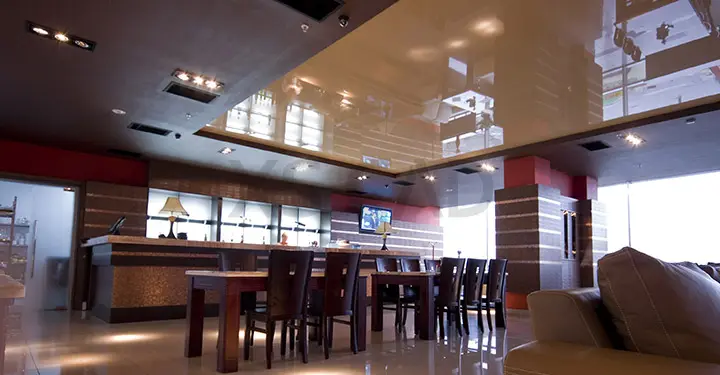Our Articles

How Can Point-cloud Technology Help Hotels with Constant Renovation Challenges
Although antique, colonial-style hotels may have a certain charm, many today prefer the comforts and conveniences of a modern hotel, one that is sufficiently and constantly upgraded. Hotel renovations must occur regularly and can be expensive. Also, as hotels adapt to changing global scenarios, there is a rising demand for renovation. So, it is inevitable that renowned hotel properties go in for renovations in order to remain competitive in a cut-throat business. Luxury hotel renovation involves large investments along with the cost of shutting down the hotel for an extended period during extensive renovations. Using point cloud to BIM (Building Information Modelling) technology, professionals can compare planned designs with as-built structures and can quickly identify and analyse potential challenges in a renovation.
Just what and why do hotels need to renovate?
Some of the most common renovation/remodelling projects in hotels are:
Bathrooms
Bedrooms and common areas
Other hotel areas
Building envelope
Roofing
Any potential for leakage must be plugged at earliest, regardless of roofing material, such as shingles, bitumen and gravel, elastomeric membrane, etc.
Siding
Exterior cladding in a hotel may need to be updated for aesthetic or insulation performance, requiring the right amount of the right materials at the right price.
Windows and facade
Windows have a limit to their efficiency over time. Once too old and poorly insulated, they lose their efficiency in energy savings. So, customers will increase the heating level or the level of air conditioning depending on the season. Ultimately, hotels pay more for electricity than saving costs by using properly insulated windows that maintain the internal temperature more effectively.
Changing laws
Redesign can even involve green building initiatives that need to be officially implemented due to changing zoning laws or area building codes.
Then, there is the question of the guests.
Guests want to spend less time in their rooms and more in the common areas of hotels. Hotels, thus, are interested in turning those areas into a lucrative zone, which means more money, time and effort goes into renovation and upgrades.
The lobby, lounge, retail, fitness and restaurant areas will fall into this gambit. More space is being allotted to these areas, and many are including audio/visual equipment to these spaces.
These changes involve a great deal of planning and precise detailing.
So, how do point clouds figure into this equation?
Very simply put, point-cloud technology makes the planning and design of renovations near flawless, saving time and money. Numerous laser scanning tools can fetch point cloud data and instantly import it into Revit, making BIM-ready models.
How so?
How does this technology help renovation?
Upgrades and renovations to hotels now use this modern technology for highly accurate and detailed planning and design support. However, it is imperative that hotel contractors and design consultants employ a trusted design partner to provide high-quality point cloud to BIM services and BIM 4D modelling services to finish projects on time and within budget.
XS CAD has valuable experience providing BIM 4D modelling services and point cloud to BIM services for general contractors and consultants. Our range of services for consultants and manufacturers across the world include creating models and drawings by using Revit, AutoCAD and BIM collaborate pro (BIM 360 Design) for cloud collaboration.

